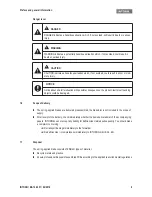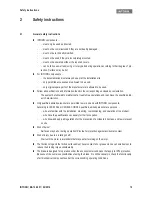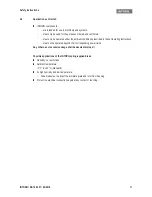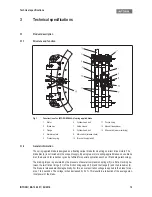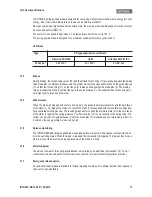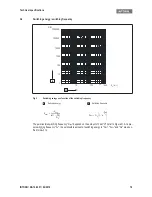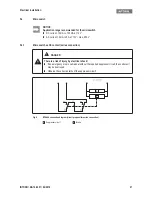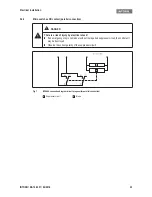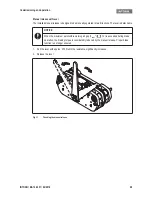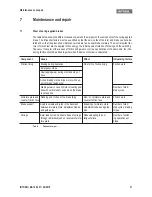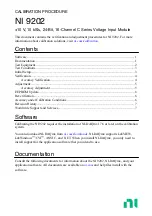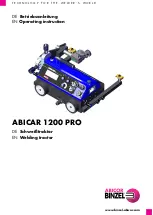
Technical specifications
INTORQ | BA 14.0201 | 04/2016
16
3.4
Switching energy / switching frequency
Fig. 3
Switching energy as a function of the switching frequency
The permissible switching frequency "S
hzul
" depends on the amount of heat "Q" (refer to Figure 3). At a pre-
set switching frequency "S
h
", the permissible amount of switching energy is "Q
zul
". "S
hue
" and "Q
E
" are spec-
ified in
14.
AA
Switching energy
B
Switching frequency
S
h
[h
−1
]
Q [J]
1
10
100
1000
1
10
100
1000
10000
100000
1000000
S
hzul
S
hue
–
ln 1 Q
Q
E
--------
–
-------------------------------
=
Q
zul
Q
E
1 e
S
hue
–
S
h
-----------------
–
=
Technical specifications
INTORQ | BA 14.0201 | 04/2016
17
3.5
Emissions
Heat
Since the brake converts kinetic energy as well as mechanical and electrical energy into heat, the surface
temperature varies considerably, depending on the operating conditions and possible heat dissipation. Un-
der unfavourable conditions, the surface temperature can reach 130 °C.
Noise
The loudness of the switching noise during engaging and disengaging depends on the air gap "s
L
" and the
brake size.
Others
Abrasion due to braking occurs in the form of dust.
In case of high load, the friction face will become so hot that odours may occur.
DANGER
Risk of burns on brake and brake disc!






